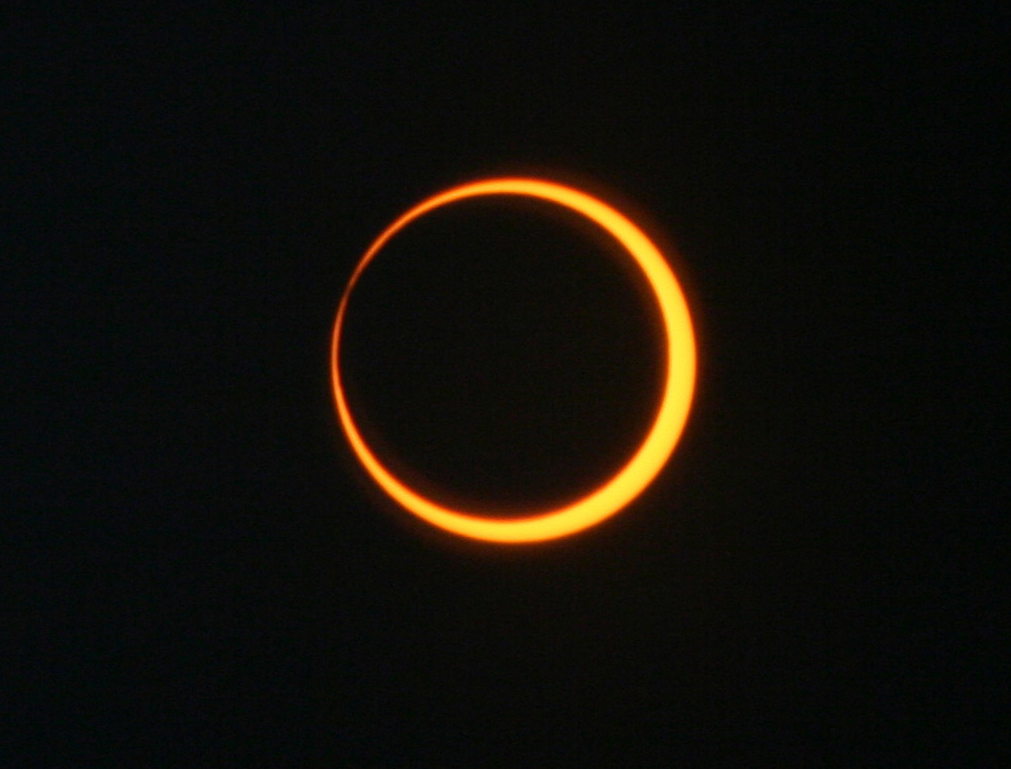
 NOTICE: We regret that the Eclipse Watch Party has been CANCELLED.
NOTICE: We regret that the Eclipse Watch Party has been CANCELLED.On Oct. 14, 2023, an annular solar eclipse will cross North, Central, and South America. Visible in parts of the United States, Mexico, and many countries in South and Central America, millions of people in the Western Hemisphere can experience this eclipse.
Join us for this historic event! NASA space scientist, Todd Toth, and The Institute’s staff will guide the safe viewing experience of an annular eclipse. Toth was formerly a science teacher at Waynesboro Area Senior High School.
In an annular eclipse, the Moon is at its furthest distance from Earth. The eclipse happens when the Moon covers the Sun’s center, leaving the Sun’s visible outer edges to form a “ring of fire” or annulus around the Moon.
Those who attend the event can help NASA scientists gather data about the eclipse using the GLOBE Solar Eclipse Observer app on their smartphone. (The free app is available at: https://www.globe.gov/globe-data/data-entry/globe-observer)
With specialized equipment, volunteers will measure temperature, clouds, barometric pressure, relative humidity and more. The data will be collected and uploaded to the GLOBE App. This is an optional but fun opportunity for citizen scientists.
Free safe viewing solar sunglasses will be available while supplies last, and hands-on activities for kids. Bring lawn chairs if you like.
This event is underwritten in part by Marge Kiersz, Lucinda D. Potter, CPA, and Smith, Elliott, Kearns & Company.
Additional support is from The Institute’s Today’s Horizon Fund contributors: The Nora Roberts Foundation; Alma W. Oyer; and the Carolyn Terry Eddy Family: Carolyn, with daughters Connie Fleagle & Kim Larkin.